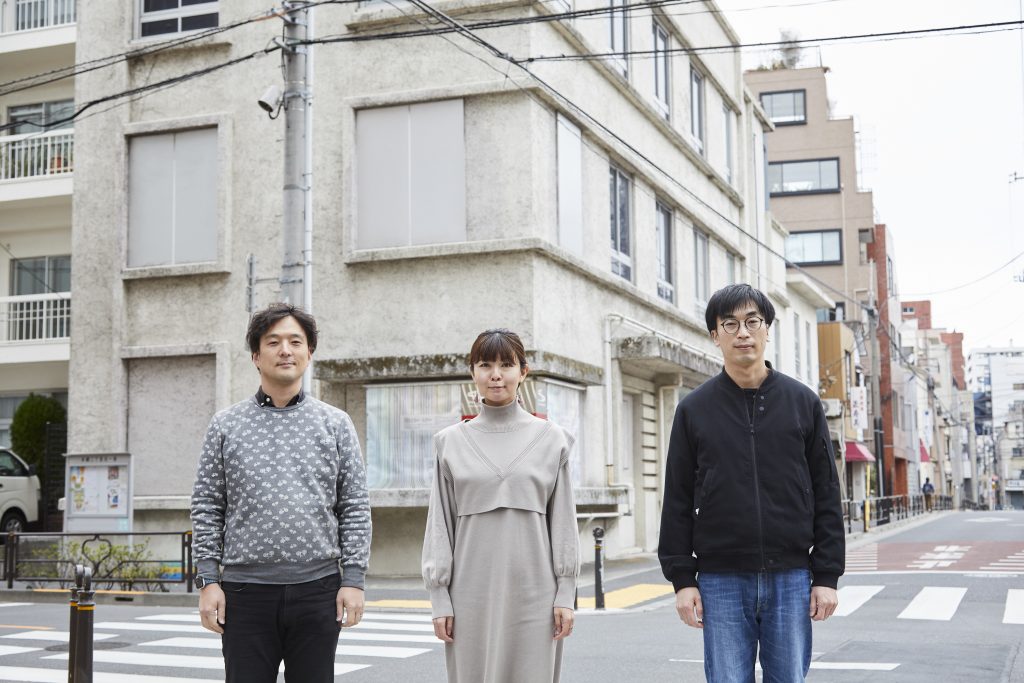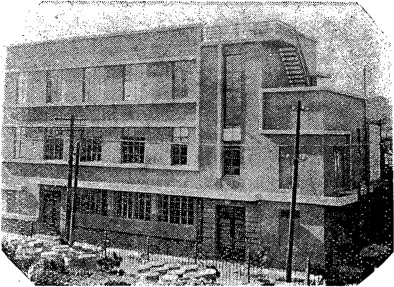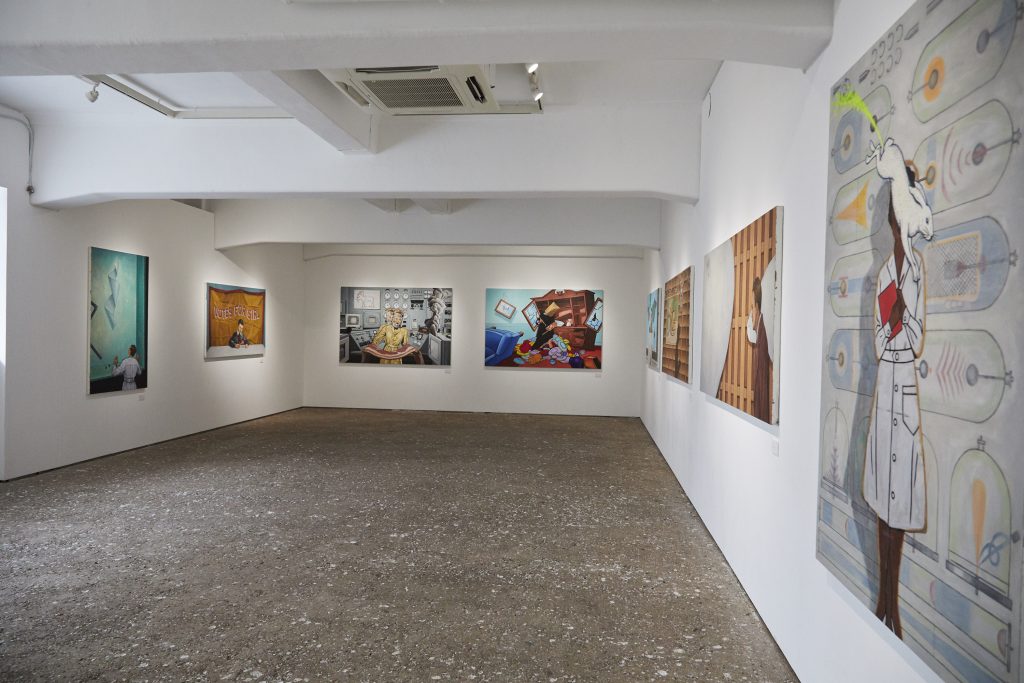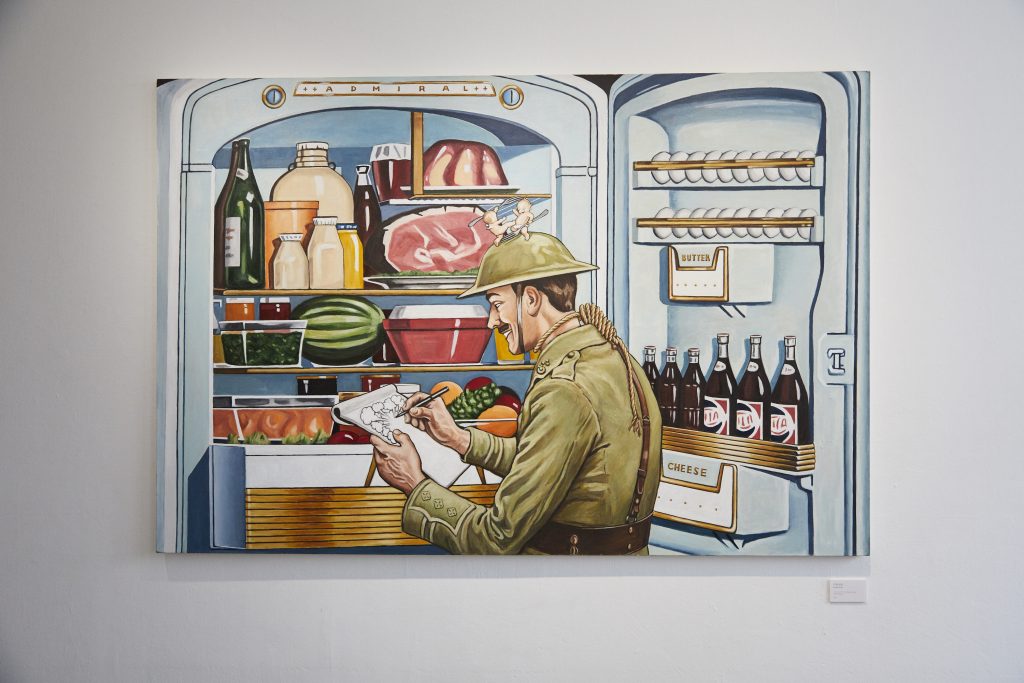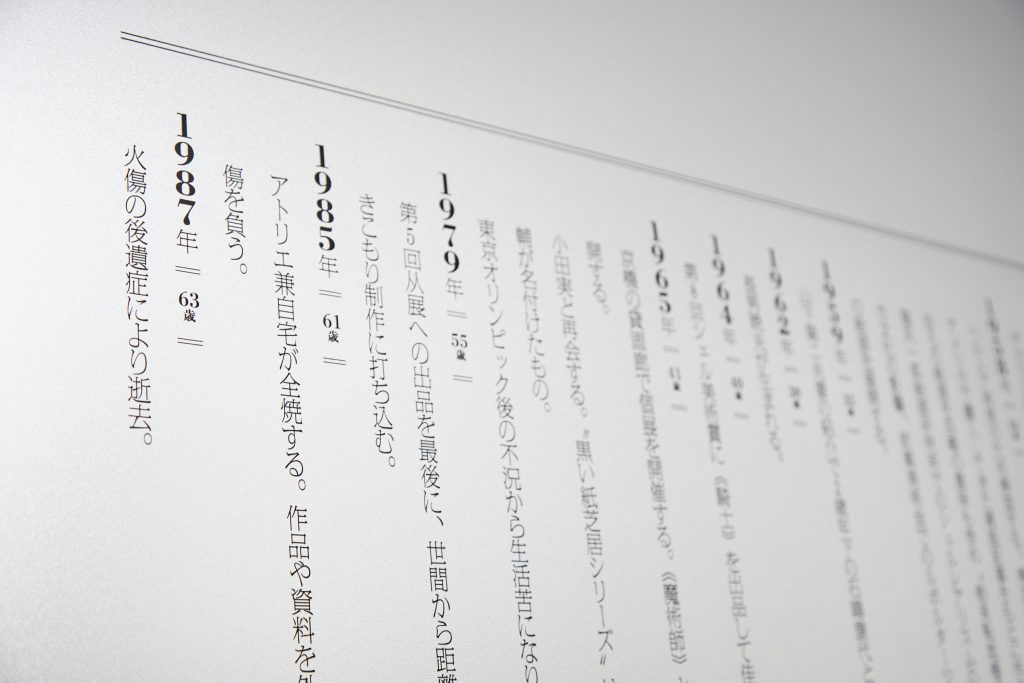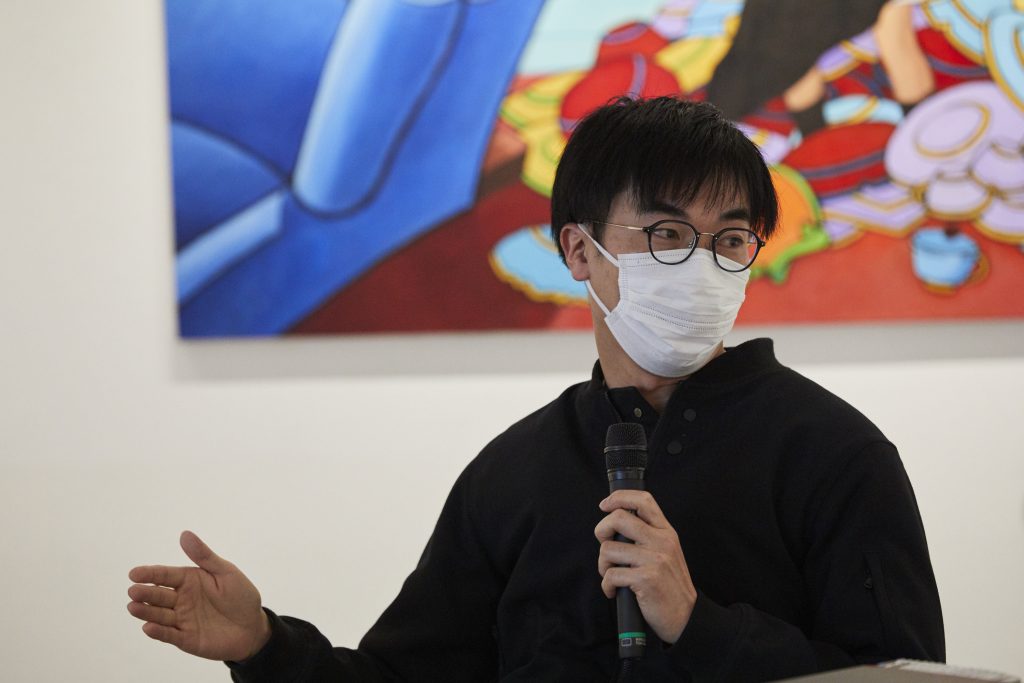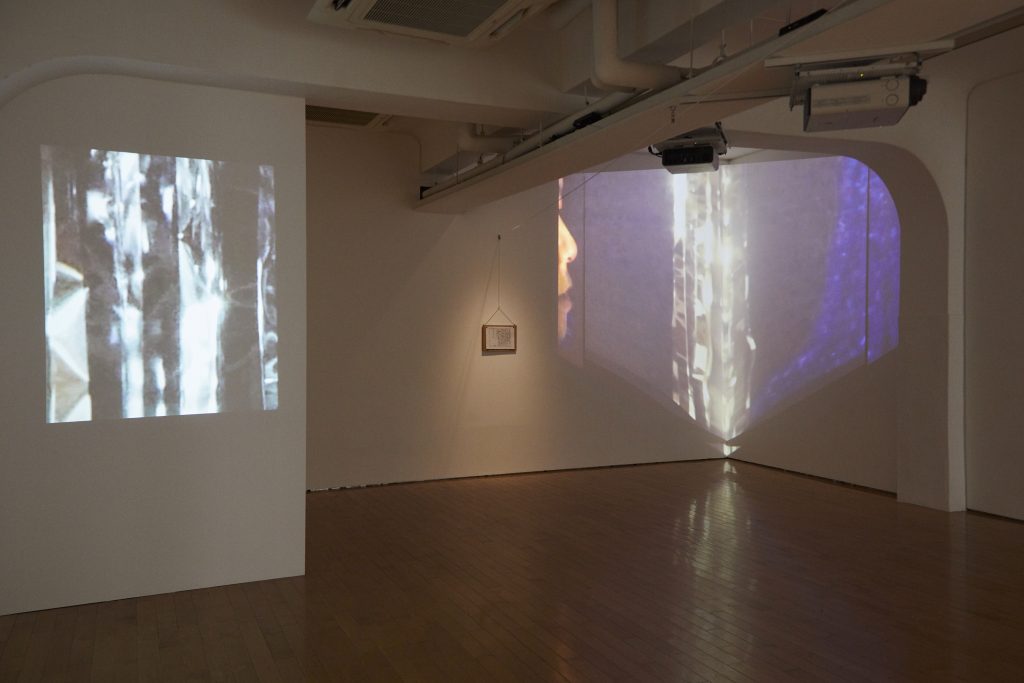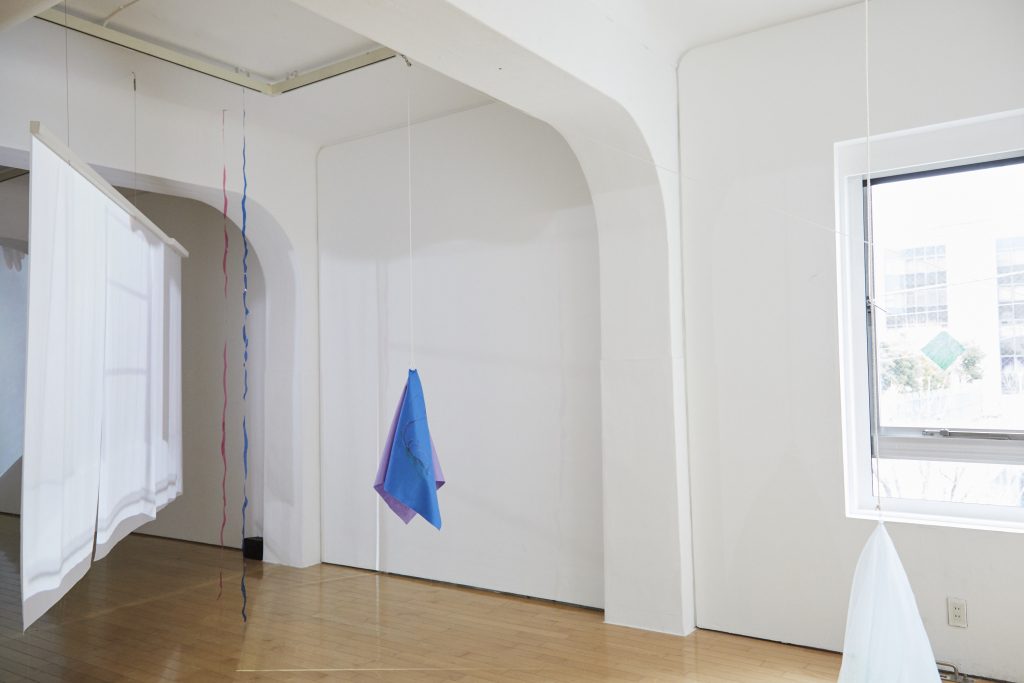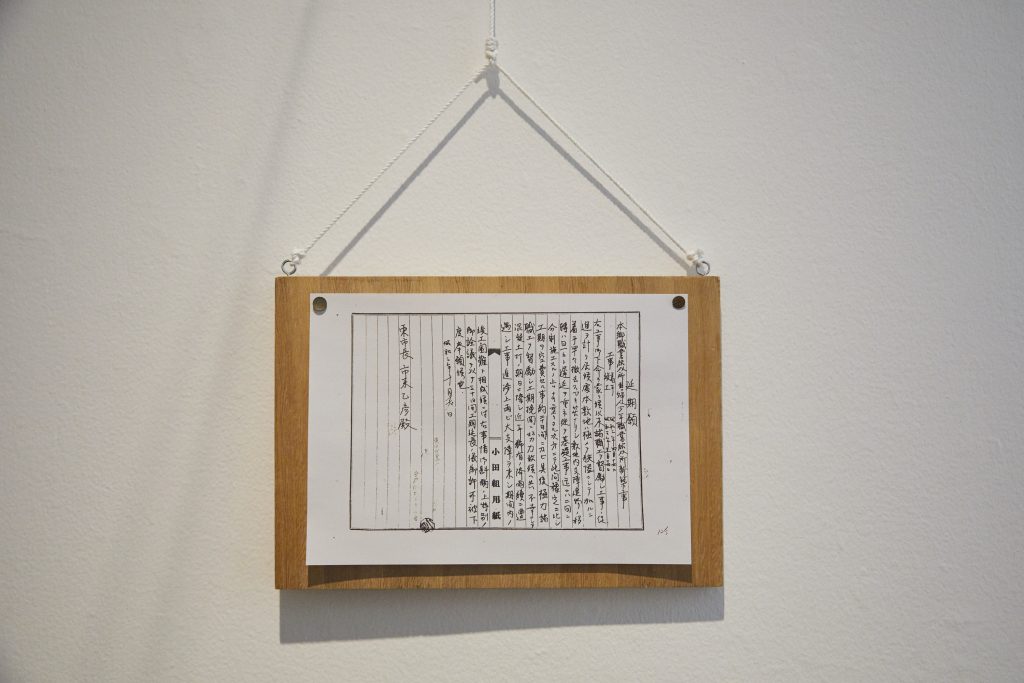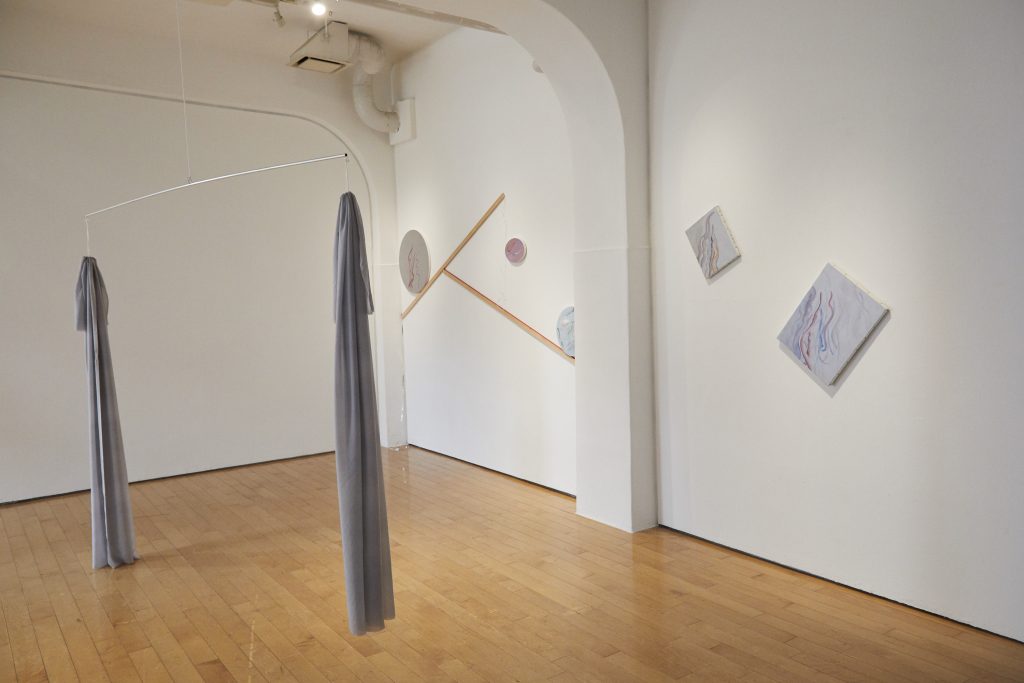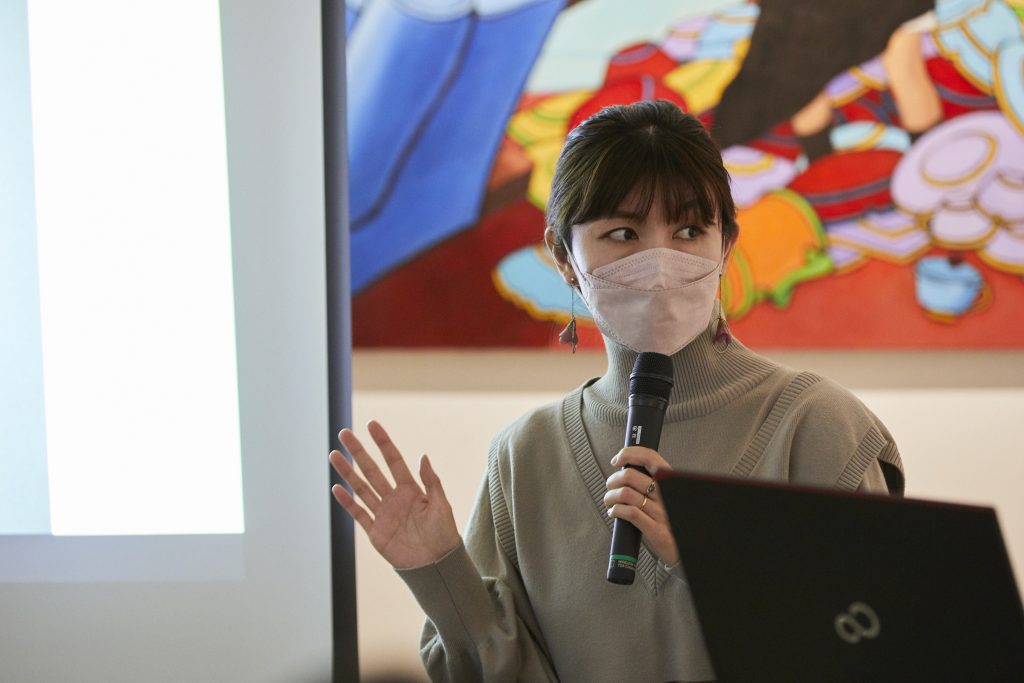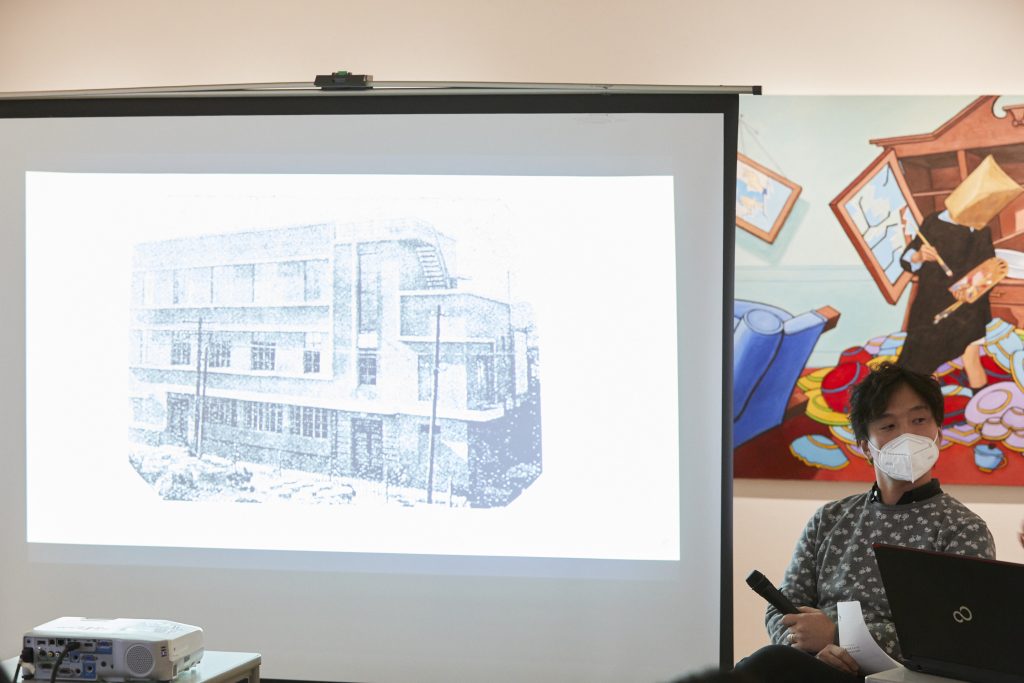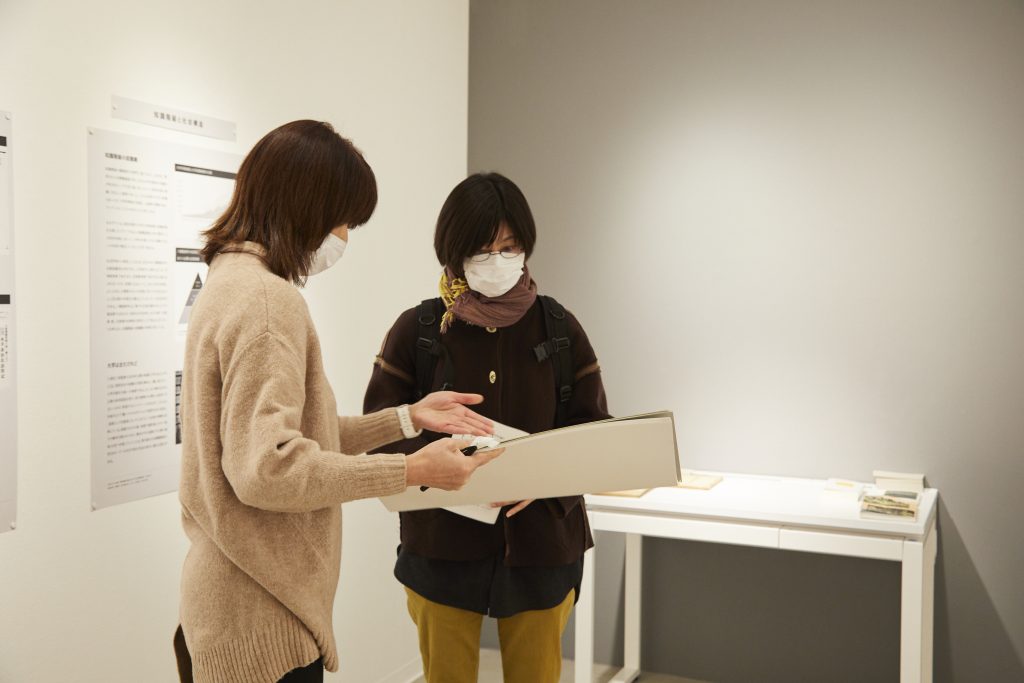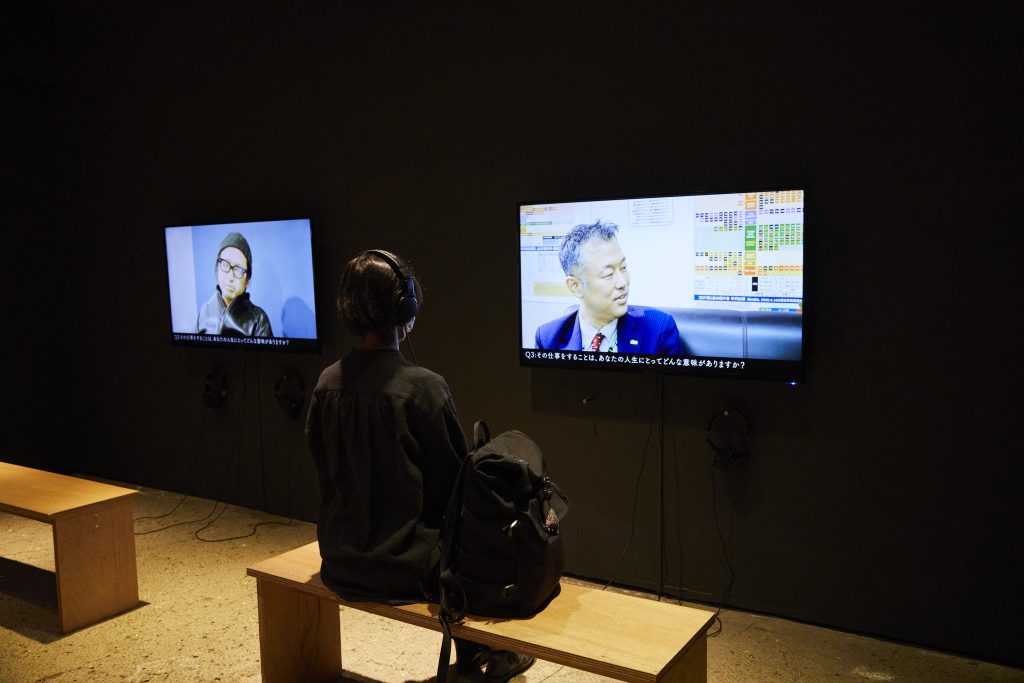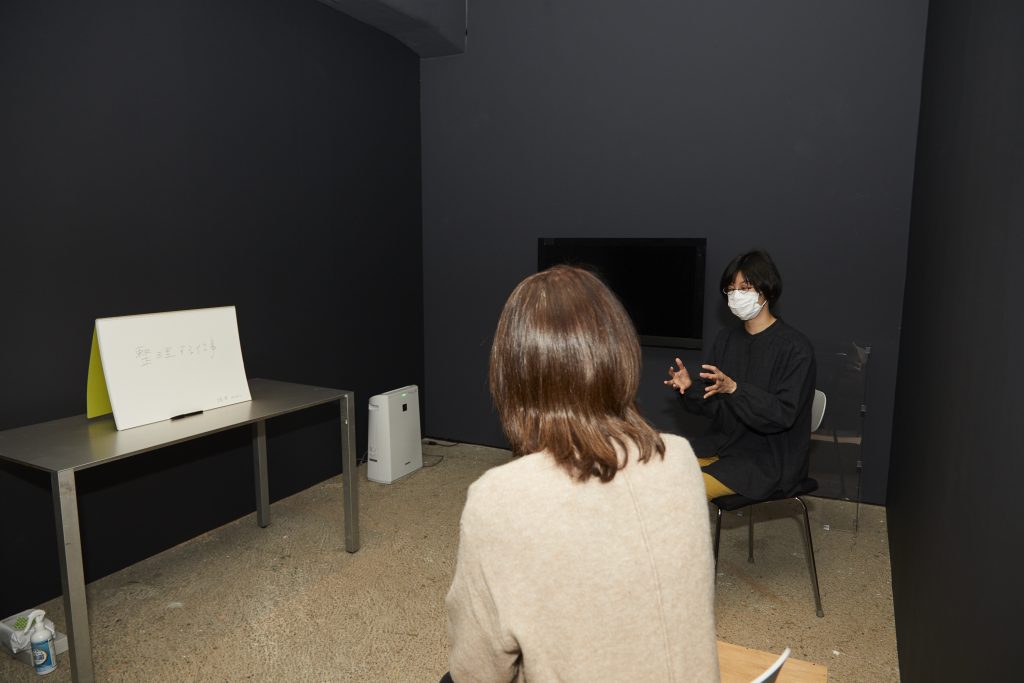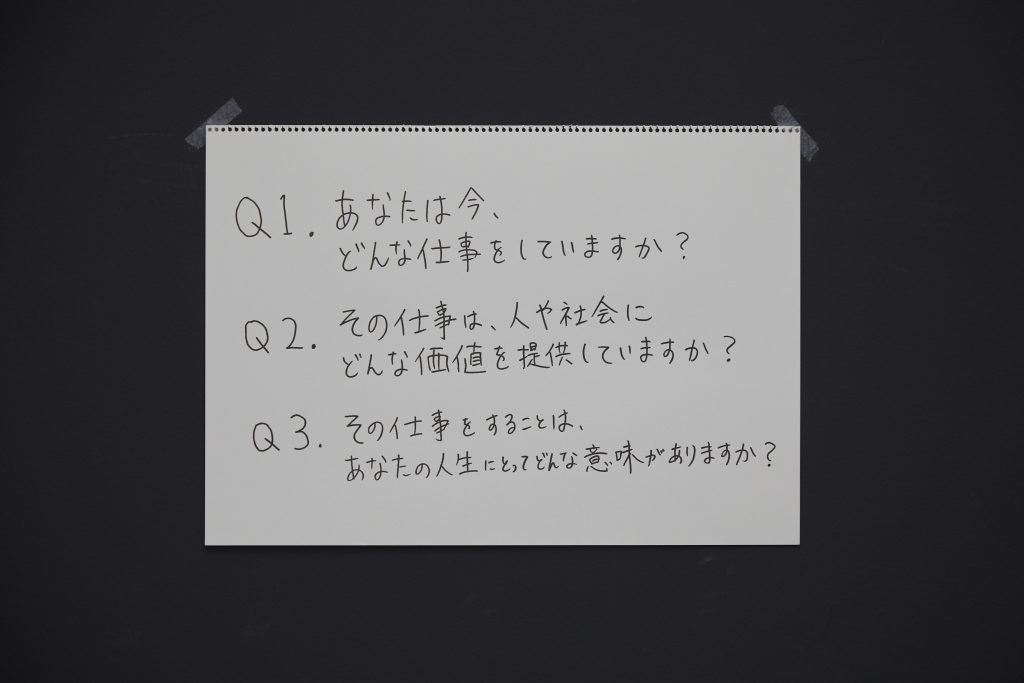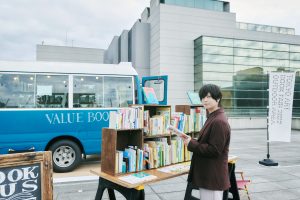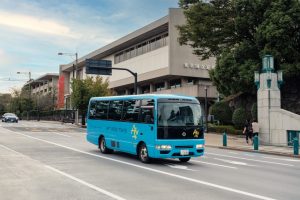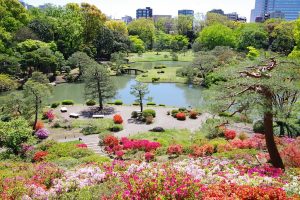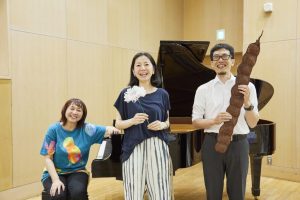It may seem a little strange that the predecessor of this art space was an employment agency, but the social conditions of the time can be seen in its origins.
When construction was completed in 1928, the supply of personnel to companies had expanded, as workers, whose number had gradually been increasing since the Meiji Era (1868-1912), became more common. There was a rise in the number of young “educated people,” who received higher education and became salaried workers. However, Japanese society, which was in an economic crisis due to the Great Kanto Earthquake of 1923 and the Great Depression, was unable to respond to these young people. In fact, it was forced to lay off workers.
The city of Tokyo established this building around this time. The Women’s and Youth Employment Agency opened on the first and second floors. The Hongo Employment Agency, which catered to educated people, opened on the third floor. Both began finding work for jobseekers. Since its opening in 1929, the building continued to be used for employment-related purposes, with minor changes, such as an employment security office and vocational guidance center, until 1991.


